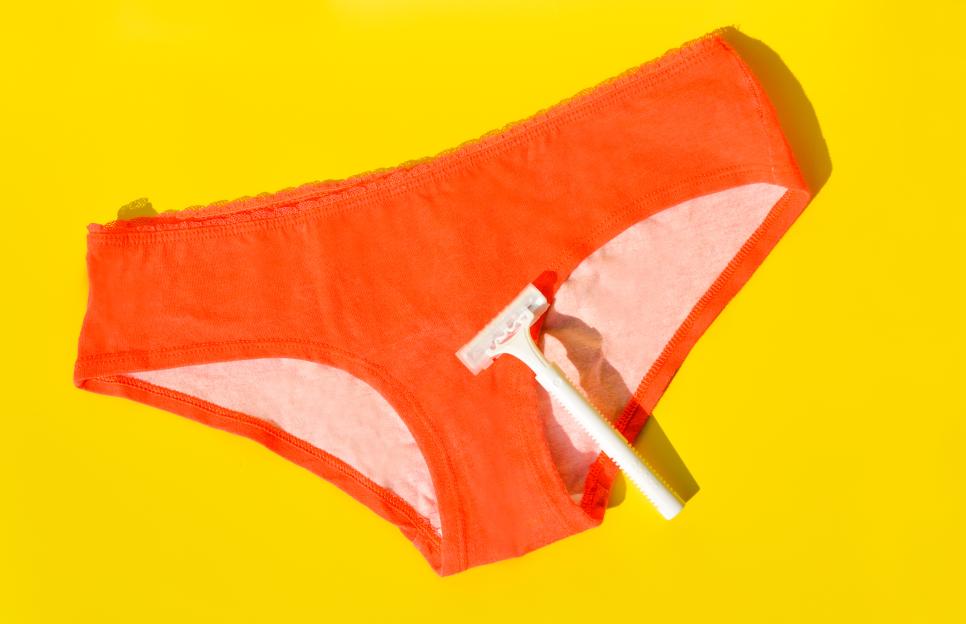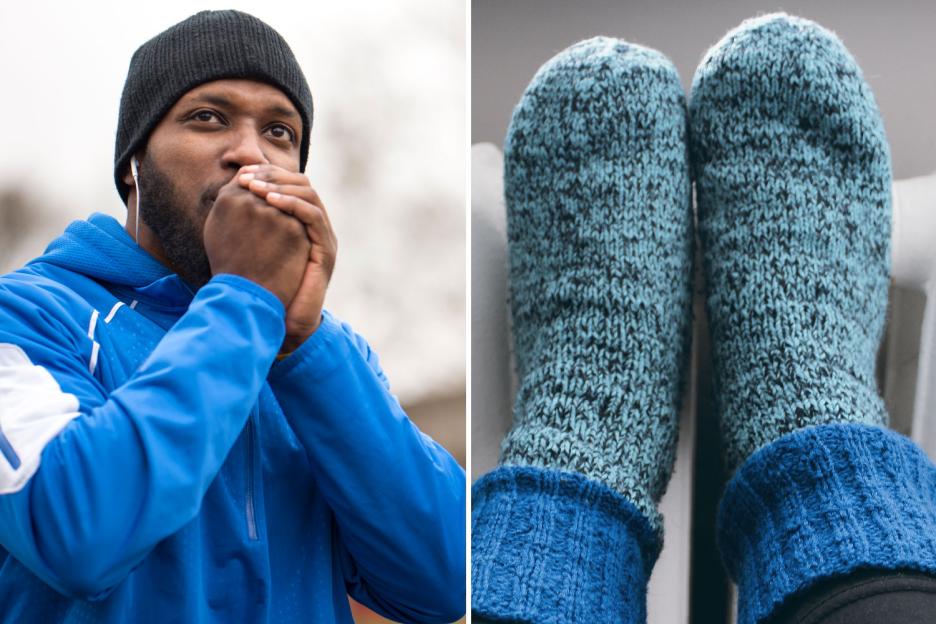WHEN it comes to intimate grooming, there’s a fine line between feeling smooth and doing something you’ll deeply regret.
While many people turn to razors, trimmers, or home wax kits for a quick tidy-up, one has revealed that a single wrong move could leave you in agony or even with a trip to A&E.
 The expert warns that a botched home wax can lead to bruising, bleeding, and even torn skinCredit: Instagram/infinitylaserspanyc
The expert warns that a botched home wax can lead to bruising, bleeding, and even torn skinCredit: Instagram/infinitylaserspanyc
 She also warns against microwavable waxes, which are a disaster waiting to happenCredit: Instagram/infinitylaserspanyc
She also warns against microwavable waxes, which are a disaster waiting to happenCredit: Instagram/infinitylaserspanyc
Sam Rock, a hair removal specialist at Infinity Laser Spa , says too many people are taking intimate grooming into their own hands, quite literally, without realising how risky it can be.
“When it comes to waxing the pubic area, this is something best left to trained professionals,” she warns.
“People often think, ‘how hard can it be?’ But DIY waxing in that area can go wrong in so many ways. It’s not like . There’s a reason professionals spend months training for it.”
The horror of DIY intimate waxing
Sam says the biggest mistake people make is assuming waxing at home is simple.
“Most of the general public don’t know how to wax properly,” she explains.
“They don’t know how to apply the wax, which direction to pull, or how to support the skin. That’s why it’s open to so many things going wrong.”
She warns that a botched home wax can lead to bruising, bleeding, and even torn skin.
“Both the labia and the scrotum can tear quite easily. It’s incredibly delicate skin and takes precision and experience to handle safely.”
And if that isn’t enough to make you drop the wax strip, Sam recalls a horror story that still makes her cringe.
“One of my clients told me she used a DIY wax strip that she heated with a hairdryer. She thought it needed to be extra hot to work better,” Sam explains.
“She stuck it on, burnt herself, then tried to rip it off, but only the strip came off, not the wax.
”In a panic, she got into a hot bath, thinking the water would melt the wax, and ended up sticking her labia together.
”She had to scrape the wax off and even tried shaving it off to get unstuck. It was horrific.”
Sam says this kind of situation isn’t as rare as you might think.
“People underestimate how sensitive that area is,” she says.
“A moment of impatience can lead to days of discomfort or worse.”
How to prepare for a bikini wax
IF you're thinking of booking a bikini wax, here's how you can prepare.
Choose the Right Time: Schedule your appointment at least a week after your menstrual cycle when your pain threshold is higher.
Exfoliate: Gently exfoliate the bikini area a day or two before your wax to remove dead skin cells and prevent ingrown hairs.
Trim Hair: Ensure hair is about 1/4 inch long; if it’s longer, trim it down for a smoother waxing process.
Avoid Caffeine and Alcohol: Steer clear of caffeine and alcohol on the day of your appointment as they can tighten pores and increase sensitivity.
Take a Pain Reliever: Consider taking an over-the-counter pain reliever about 30 minutes before your appointment to help minimise discomfort.
Wear Loose Clothing: Opt for loose-fitting clothes on the day of your waxing to avoid irritation post-treatment.
Communicate with Your Aesthetician: Don’t hesitate to discuss any concerns or questions with your aesthetician before the session begins.
Stay Hydrated: Drink plenty of water leading up to your appointment to keep your skin hydrated and more supple.
The right and wrong ways to wax
If you’re still determined to go the DIY route, Sam does offer some safer tips.
“If you are going to do it yourself, avoid strip wax completely,” she advises.
“Use peelable hot wax instead. It’s less painful, works by gripping the hairs as it sets, and is far gentler on the skin.”
She also warns against microwavable waxes, which are a disaster waiting to happen.
“You can’t control the temperature in a microwave,” she says.
“It can develop hot spots that you can’t see and that’s how people end up with burns.”
Another common mistake? Not trimming beforehand.
“If the hair’s too long, the wax can tug unevenly or cause more pain,” she says.
“But there’s a right way to do that too, and most people don’t realise it.”
Why shaving can also cause problems
 The guru says there’s a misconception that shaving is the “safer” optionCredit: Getty
The guru says there’s a misconception that shaving is the “safer” optionCredit: Getty
For those who prefer shaving, Sam says there’s a misconception that it’s the “safer” option.
“Shaving can still cause plenty of issues,” she says.
“Ingrown hairs are incredibly common because the blades cut so close that the skin can grow over the top of the follicle.”
She adds that dryness makes things worse.
“If the skin’s dry, it’s easier for the follicle to become trapped, which leads to red bumps and irritation,” she explains.
“The best way to prevent that is with regular exfoliation and moisturising.”
She recommends prevention over cure.
“There are products on the market for bikini lines that contain salicylic acid, which helps to unclog follicles and prevent ingrown hairs.
”Manual exfoliation helps too, but it’s all about keeping the skin soft and hydrated.”
The one thing you should never, ever do
So what’s the number one mistake people make when removing pubic hair? According to Sam, it’s trimming with scissors.
“When people trim before waxing, I always say, if you can’t see the skin, you need to trim,” she explains.
“But never use scissors, that’s where people go wrong. I’d always advise clippers or a beard trimmer instead.”
Sam says scissors often cause more harm than good.
“The hairs spring back shorter than you expect, which makes them too short for waxing.
”You also risk nicking the skin, especially in areas you can’t see properly. Clippers are much safer and give you more control,” she says.
What about aftercare?
Whether you wax or shave, Sam says aftercare is crucial to avoid irritation or infection.
“Never go to the gym, have sex, or soak in hot baths straight after waxing,” she warns.
“Your pores are open, and bacteria can get in easily. You need to give your skin time to calm down.”
She recommends applying a soothing aloe or tea tree lotion and wearing loose cotton underwear for at least 24 hours.
“You’ve just traumatised the skin, so treat it gently. Think of it as skincare, not just hair removal.”







